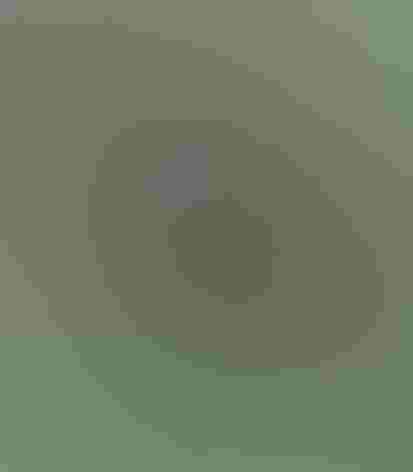Tricolored Blackbird
At a Glance
While the Red-winged Blackbird is abundant over most of the continent, the very similar Tricolored Blackbird has a very small range in the Pacific states. It differs in its highly social nesting: in a dense cattail marsh, nests may be packed in close together, only a foot or two apart. Some colonies may have over 100,000 nests, although such large concentrations seem to be growing scarcer in recent years, as the birds shift to smaller (but hopefully more) colonies.
All bird guide text and rangemaps adapted from by Kenn Kaufman© 1996, used by permission of Houghton Mifflin Harcourt Publishing Company. All rights reserved.
Category
Blackbirds and Orioles, Perching Birds
IUCN Status
Endangered
Habitat
Coasts and Shorelines, Fields, Meadows, and Grasslands, Freshwater Wetlands
Region
California, Northwest, Southwest
Behavior
Direct Flight, Undulating
Population
180.000
Range & Identification
Migration & Range Maps
Not very migratory, withdrawing only from northernmost nesting areas in winter, but moves around considerably with seasons within its limited range. Colony sites also may shift from year to year.
Description
7 1/2-9" (19-23 cm). Very similar to Red-winged Blackbird. Male's shoulder patch deeper red, with white (not yellow) border (border can look whitish on faded male Red-wings in late summer). Female and young almost identical to some female Red-wings but darker than most, with streaking mostly obscure, and never have buff or rusty edgings on back.
Size
About the size of a Robin
Color
Black, Brown, Red, White
Wing Shape
Broad, Pointed
Tail Shape
Rounded, Square-tipped
Songs and Calls
Calls rather similar to those of the Red-wing, but song is more nasal, less musical.
Call Pattern
Rising
Call Type
Buzz, Chatter, Chirp/Chip, Trill
Habitat
Cattail or tule marshes; forages in fields, farms. Breeds in large freshwater marshes, in dense stands of cattails or bulrushes. At all seasons (including when breeding), does most of its foraging in open habitats such as farm fields, pastures, cattle pens, large lawns.
Sign up for ÃÛèÖAPP's newsletter to learn more about birds like the Tricolored Blackbird
Behavior
Eggs
4, sometimes 3-5, rarely 2-6. Pale blue-green, with markings of black, brown, and purple concentrated at larger end. Incubation is by female, about 11 days.
Young
Both parents feed nestlings (but female does more). Young leave the nest about 11-14 days after hatching.
Feeding Behavior
Forages mostly while walking on ground; also sometimes up in shrubs and trees. Usually forages in flocks, particularly outside the breeding season, often associated with Red-winged Blackbirds, other blackbirds, and starlings.
Diet
Mostly insects and seeds. Feeds on many insects, especially in summer, including caterpillars, beetles, grasshoppers, and others; also spiders. Especially in fall and winter, eats many seeds of grasses and weeds, and waste grain.
Nesting
Nests in colonies, more densely packed than Red-winged Blackbirds, with nests often only a couple of feet apart. In displaying to attract a mate, male perches on high stalk with feathers fluffed out and tail partly spread, lifts leading edge of wing so that red shoulder patches are prominent, lowers head, and sings. Nest: Placed in marsh in cattails or bulrushes, or in willows at water's edge, sometimes in tall growth in drier fields. Nest (built by female) is bulky open cup, lashed to standing vegetation, made of grass, reeds, leaves, rootlets, lined with fine grass.
Conservation
Conservation Status
Has declined seriously in numbers in recent decades, probably owing to loss of habitat. Probably endangered. Its habit of nesting in dense colonies probably makes it more vulnerable.
Climate Threats Facing the Tricolored Blackbird
Choose a temperature scenario below to see which threats will affect this species as warming increases. The same ÃÛèÖAPP change-driven threats that put birds at risk will affect other wildlife and people, too.





